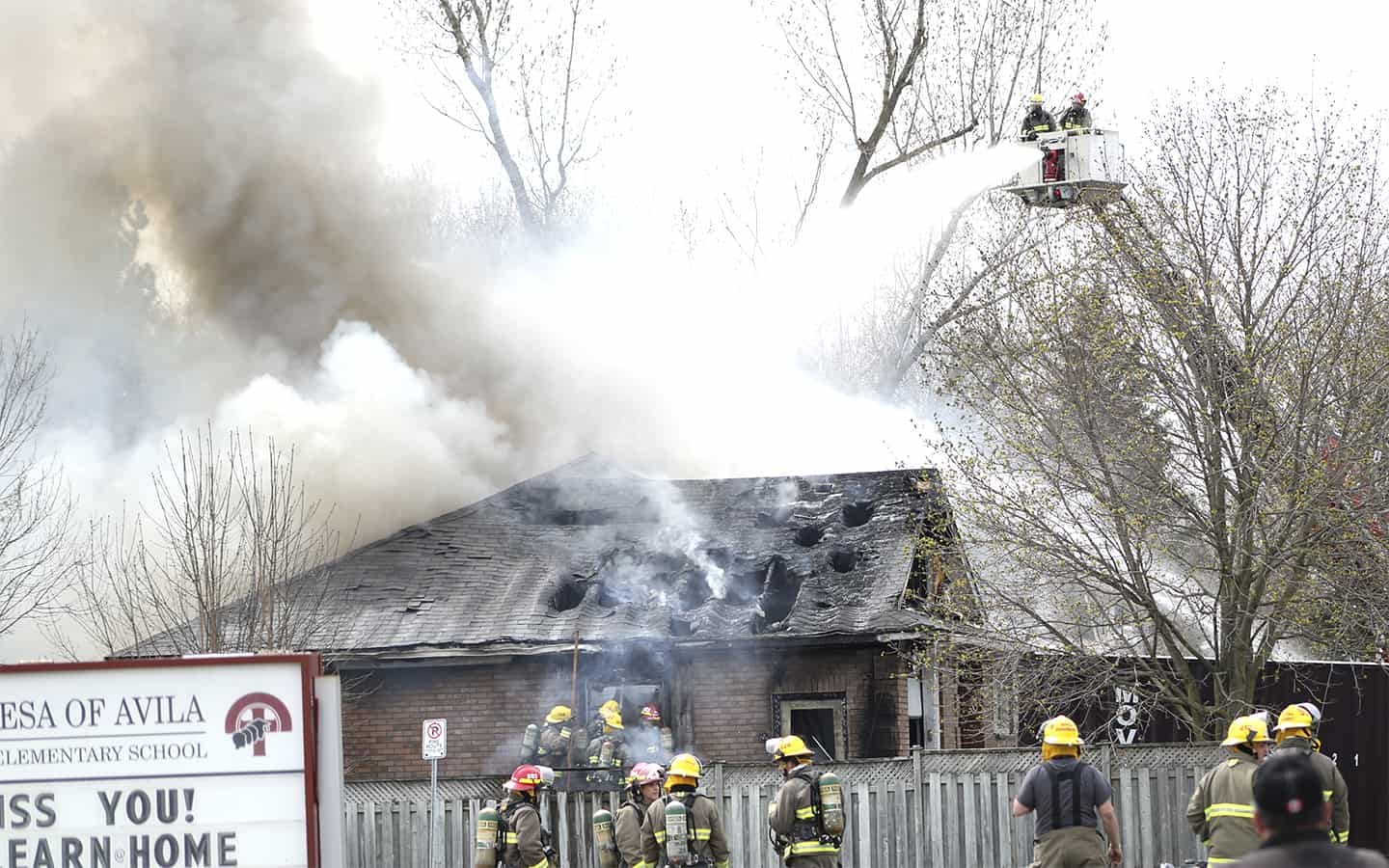Calls for increased testing have accompanied the reopening of economies in multiple jurisdictions, with the Region of Waterloo looking to follow suit.
Ontario has not been as aggressive in restarting the economy, but some restrictions have been eased as of this week, with more on the horizon. Premier Doug Ford has requested more testing, calling on public health officials to do more.
“We are maximizing the number of tests available,” acting medical officer of health Dr. Hsiu-Li Wang said in a Wednesday morning video briefing.
She noted Waterloo Region began its COVID-19 curve later than some areas, accounting for the lag in testing. Likewise, mandatory priority testing for essential workers and long-term care resident have taken up resources.
For non-priority groups, capacity issues have often delayed results, at times by five days compared to the goal of a 24- to 48-hour timeframe, Wang added.
“The greatly expanding testing in those prioritized groups is filling up in that increased lab capacity across the province. And the province is continuing to build upon … a bigger testing system,” she said, adding she expects more positive tests to ensue.
A heavily tested group, health care workers account for about 30 per cent of the positive tests in the region.
Overall, there were 871 cases of COVID-19 as of Wednesday morning, 94 of which have been fatal, a mortality rate of 11 per cent.
Forty of those afflicted have required hospitalization, with 328 people (38 per cent) self-isolating at home. Some 395 cases (45 per cent) have been resolved.
About 23 per cent of those afflicted have been over the age of 80, while those in their 50s is the second-largest group at 18 per cent of cases. That’s followed by people in their 40s (13 per cent), 20s (13 per cent), 30s (13 per cent), 60s (11 per cent) and 70s (eight per cent). Those under the age of 20 account for just one per cent of cases. Some 62 per cent of cases in the region involve women, with 38 per cent of those afflicted being men.
The region is monitoring outbreaks at 14 long-term care and retirement homes, this week adding “congregate outbreak settings” to its Public Health dashboard recording COVID-19 data. The data reflect figures from a wider range of facilities such as supported-living settings and group homes for those with disabilities. The numbers are aggregated to protect the privacy of individuals, as many facilities have a small number of residents and staff, the region notes.
The list includes Chartwell LTC in Elmira (one resident) and Twin Oaks in Maryhill (one staff member).
Long-term care and similar facilities count for about 60 per cent of the cases in the region.
Wellington-Dufferin-Guelph Public Health reported 317 confirmed cases as of Wednesday, an increase of five over the past 24 hours. There have been 27 fatalities. Some 141 cases have been resolved, with nine patients in hospital, four in intensive care.
As of Wednesday morning, the Ministry of Health was reporting 18,722 cases of the novel coronavirus in Ontario, an increase of 2.3 per cent over the previous day. There have been 1,429 deaths attributed to the virus, representing a mortality rate of 7.6 per cent. The ministry reports 13,222 cases (70.2 per cent) have been resolved.
The latest numbers from Health Canada show 62,458 confirmed cases of COVID-19 nationwide, with 4,111 related deaths. Some 970,586 Canadians have been tested for the virus.
At Wednesday morning’s briefing, regional Chair Karen Redman acknowledged mental health week, addressing seniors specifically.
“I want to draw attention to our older citizens and the unique challenges they might be facing during this pandemic. People over 70 are at a higher risk of experiencing isolation and maybe even loneliness. If you are self-isolating unable to drive, here are few things you can do to feel safe and in control.”









